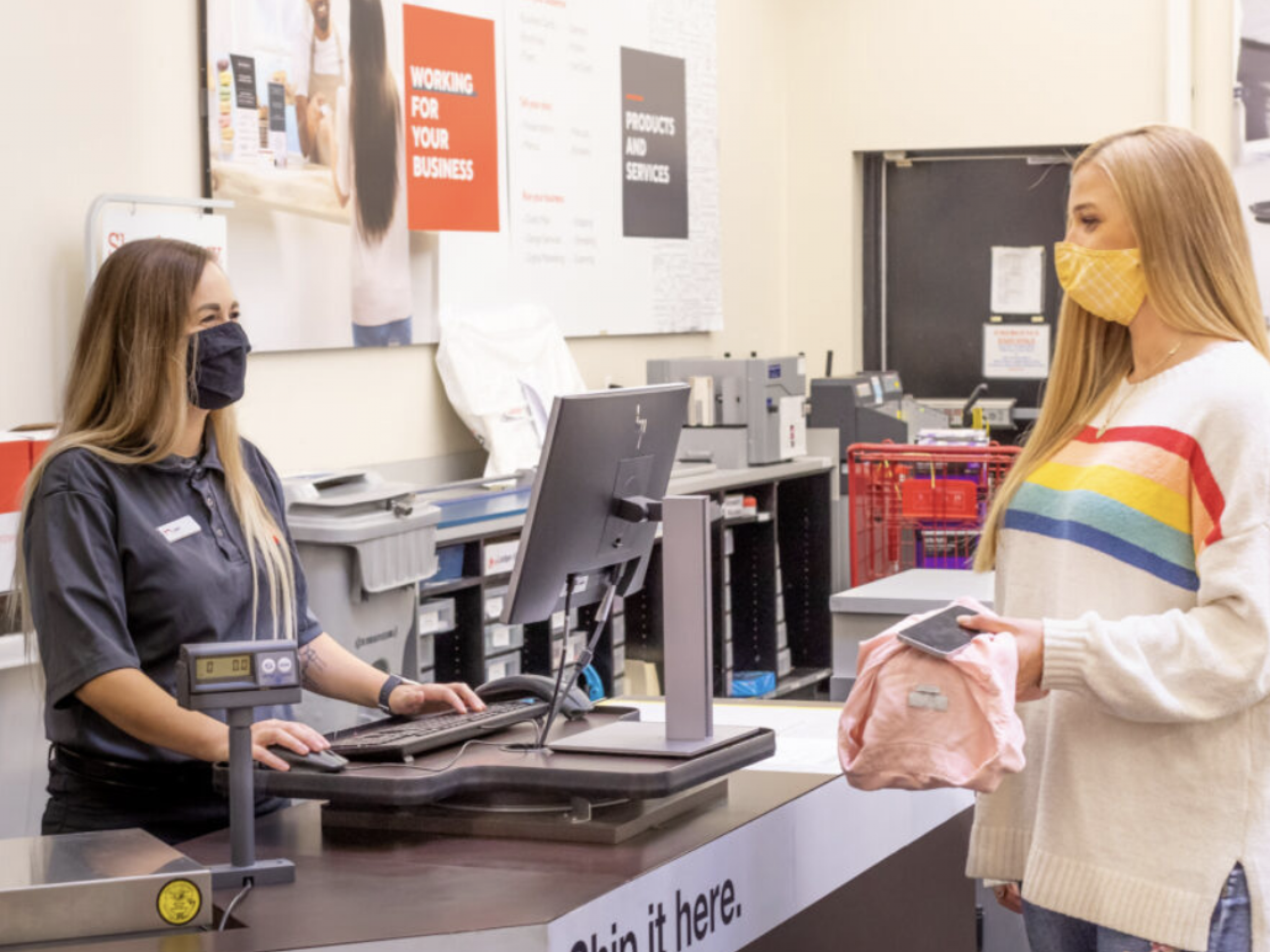
As rising fuel prices and continued supply chain disruptions have pressured retailers and e-commerce brands, many are looking for ways to offset costs. With returns from online sales jumping to 20.8% in 2021, according to data from the National Retail Federation, more retailers are looking to reverse logistics for that solution.
NRF's recent report, Consumer Returns in the Retail Industry 2021, said that $761 billion in merchandise was returned in 2021 overall. For every $1 billion in sales, retailers incur $166 million in costs because of returns. Online returns totaled $218 billion in 2021.
The NRF survey, which was conducted prior to the 2021 holiday shopping season, also found that as parcel companies increased their shipping rates, 60% of respondents had no plans to increase charges for returns. Only 40% charge customers for returns shipped back to the retailer.
In recent months, more retailers have been exploring the option of simply allowing customers to keep items and refunding their money. Doing so eliminates shipping costs and reduces items held in inventory, but Aaron Schwartz, president of Loop Returns, said there are other options brands can consider that will lead to increased business.
"Returns aren't good or bad, they are just how you grow," he told Modern Shipper.
The 7-year-old Loop processes more than 1 million return shipments each month. The company focuses exclusively on Shopify brands and has about 1,500 brands using its services. Shopify invested in Loop's most recent funding round, a $65 million series B.
Schwartz said between 60% and 70% of online shoppers will review a return policy before shopping with that brand for the first time, so ensuring those policies are clear is a strong start. Brands, though, can also segment their returning customers, he said.
"Loop has a set of workflows that allows us to create a differentiated experience for VIP customers versus a first-time customer," Schwartz said, saying that offering VIPs customized experiences can improve the returns process.
"We want to remove friction in returns because if you have a return and you have a great experience on that return, you are going to return as a customer," he noted.
Technology company CleverTap said that 76% of first-time shoppers said they are likely to shop with a retailer again if the return experience was "easy" or "very easy."
Still, while some major brands are considering altering their returns policies, Schwartz said Loop has not seen any significant movement among the brands it serves.
"The last couple of months there has been a massive shift for brands [looking for ways to save money] due to rising costs and fuel, slowing sales, high inventory and less cash on hand," Schwartz said. "[But] I don't think we are seeing brands aggressively changing their return policies."
In fact, he said that some brands view returns as a net gain, believing that if you remove enough friction from the transaction, customers will become more loyal.
"Customers choose brands because of the brand experience," he said, and returns are part of that.
To help improve that experience, in May Loop partnered with Happy Returns to allow Shopify customers to bring items to any one of over 5,000 Happy Returns locations. Loop also works with reverse logistics companies for pickup items, including home pickup, item donation and item consolidation.
Schwartz said it is too early to determine whether rising gas prices have driven more consumers to alter their return behavior, but Loop did see a "massive spike in Q1" as fuel costs were rising. The company is still analyzing what impact fuel costs are having on the reverse logistics operation.
"There has been no fundamental behavior in terms of returns from customers," he said. "But there is a much higher awareness of the cost of logistics [from brands]."







